You probably don’t even realize it, but these things are wasting energy (and your money!) in your home.
47 Mind-Blowing Ways You’re Wasting Money at Home
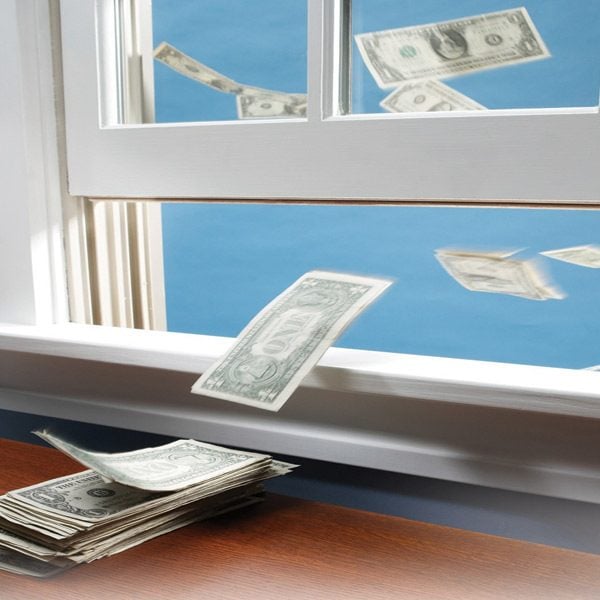
Not Air Leak Testing & Sealing
Follow these surprisingly easy tips and techniques for sealing air leaks in your home and save big money on your heating and cooling bills.
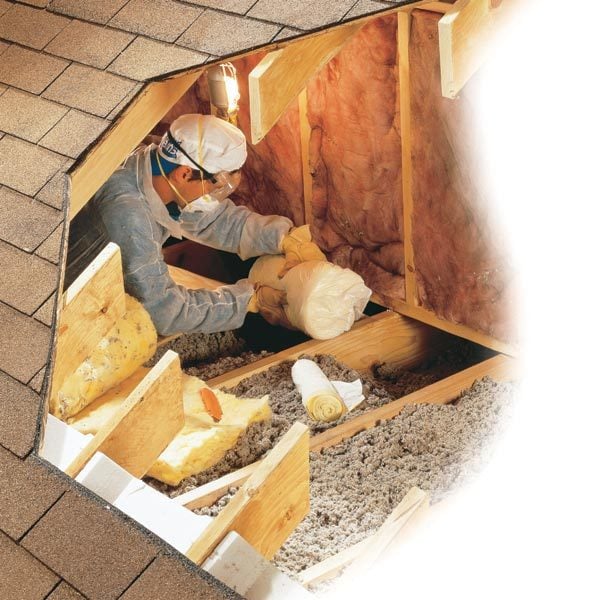
Not Sealing Attic Air Leaks
Small air leaks into uninsulated attic space are a major source of heat loss in many homes. Here’s how to locate the leak spots and plug them without spending a lot of money. Learn how to seal attic air leaks.
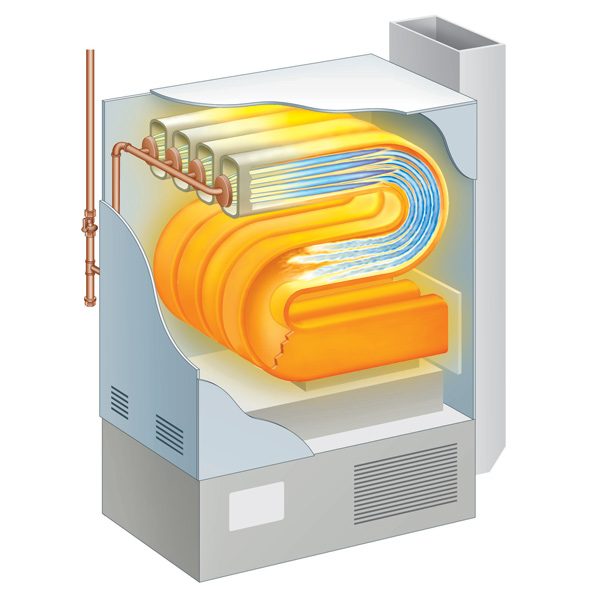
Not Using a High-Tech Thermostat
If you want to save money by setting back your thermostat at night, use a two-stage thermostat on a two-stage furnace. Learn how to save money with a high-tech thermostat.
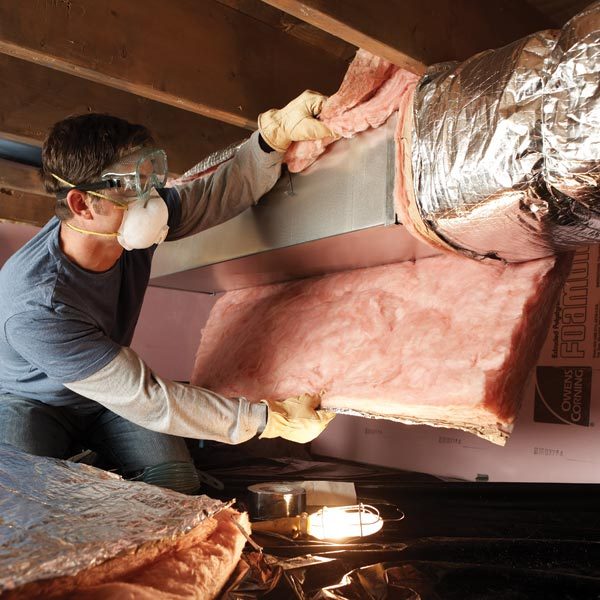
Not Insulating Crawl Space Ducts
Leaky, uninsulated ducts in crawlspaces and attics waste huge amounts of energy and money. Use duct wrap insulation for a quick fix with a big, immediate payoff. Learn how to insulate crawl space ducts.
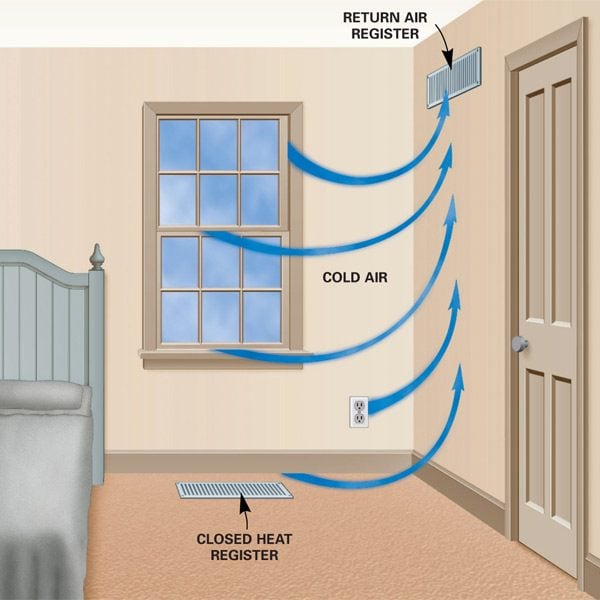
Not Closing Heat Registers
It seems like a waste to heat unused rooms, but closing heat registers may actually increase heating costs, especially with newer systems. Here’s why closing heating vents in unusued rooms is less efficient, and what to do instead. Learn how to save energy by closing heat registers.
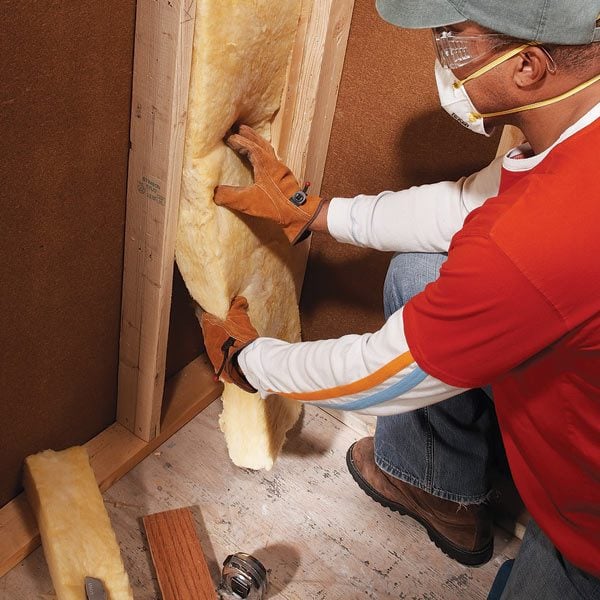
Not Insulating Walls
Get the most energy efficiency from your insulation by filling all gaps, avoiding compression, sealing holes in framing and other expert tips. Even small gaps can reduce efficiency as much as 25 percent. Learn all about insulating walls.
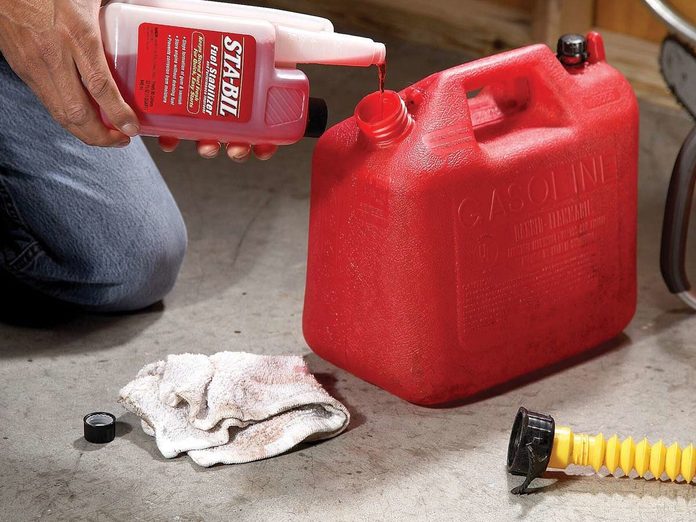
Not Using Fuel stabilizer
You know how much the average small-engine repair costs? We don’t either, but it’s a lot! And a huge source of revenue for small-engine repair shops is fixes to engines that were operated with old gas. Modern gas formulations just don’t last as long as earlier ones did. And when gas starts to break down, it not only makes the engine hard to start but also gunks up the whole system with gum and varnish. So if you have a boat, or keep gas on hand to run small engines such as lawn mowers, power washers and chain saws, treat the gas with a stabilizer right after you buy it. That’ll save you big money on repair bills later. Here’s what you need to know about storing your lawn mower for the winter.

Using Too Much Hot Water
Here’s a tip that could save you big money on utility bills. If you’re washing and rinsing your clothes in hot water, you’re wasting a chunk of change heating all that water. The juice needed to power the machine motor doesn’t cost much—the big expense is heating all that water. Detergents are designed to perform in temps of 65 to 85 degrees F. And cold water is just as effective for rinsing as warm or hot. So dial back those temperature settings! Check the water temperature in the tub right after it fills. You just might find that even the cold setting on the washing cycle is above 65 degrees and no hot water is even needed. Just make sure you never put one of these things in the washing machine.
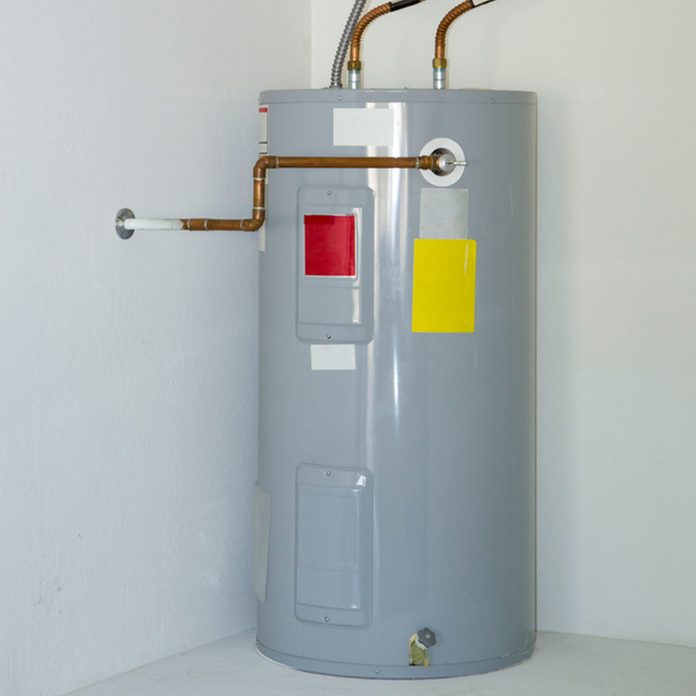
Not Using a Water Heater Timer
This device allows you to program the times when your water heater activates and deactivates during a 24-hour period. Each household is different and you must determine, based on your hot water use, if a timer is right for you. Better yet, check out these amazing tech tools for the home, including one that will allow you to shut off the water at home.
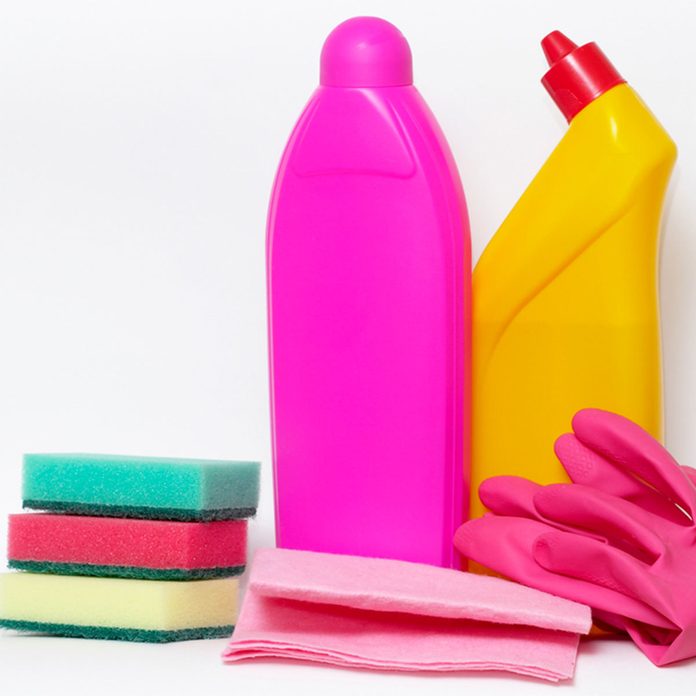
Buying Cleaners
You can help the environment and save a few bucks by making your own household cleaners. For instance, instead of using store-bought glass cleaner, mix 2 cups of water with a 1/2 cup of vinegar to create your own. Another easy formula for all-purpose cleaning is mixing 4 tablespoons of baking soda with 1 quart of warm water. Check out a complete list of homemade cleaners you can do.
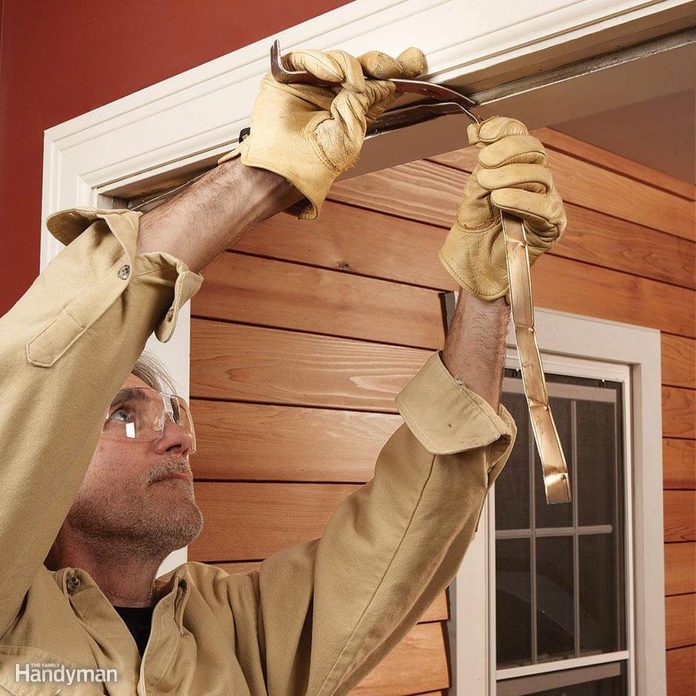
Not Using Weatherstripping
If you can see light creeping beneath exterior doors, air is also escaping. Grab a few packages of self-adhesive rubber foam weatherstripping and go to town, sealing any and all doors that lead outside. Weatherstripping already installed but you’re still suffering from a high gas bill? It might be time to replace the strips installed by the previous owners. Check out this handy tutorial on installing weatherstripping.
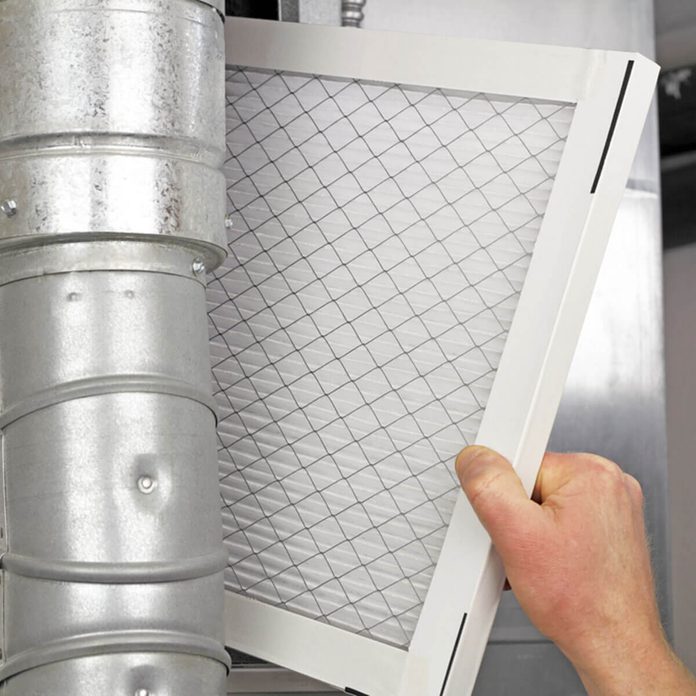
Not Changing Furnace Filter Regularly
Homeowners should change their furnace filters once a month, according to experts. And changing the filter regularly not only helps extend the life of your furnace, it helps with air quality in your home and keeps energy costs down.

Not Using a Clothesline
A simple clothesline allows you to dry your clothes for free using the power of the sun instead of expensive electricity. Electric clothes dryers can really put a dent in your pocketbook, especially if you have a large household. While a clothesline does require a bit of manual labor to hang the clothes, you will enjoy a fresh, natural smell in your laundry as well as a reduced utility bill.
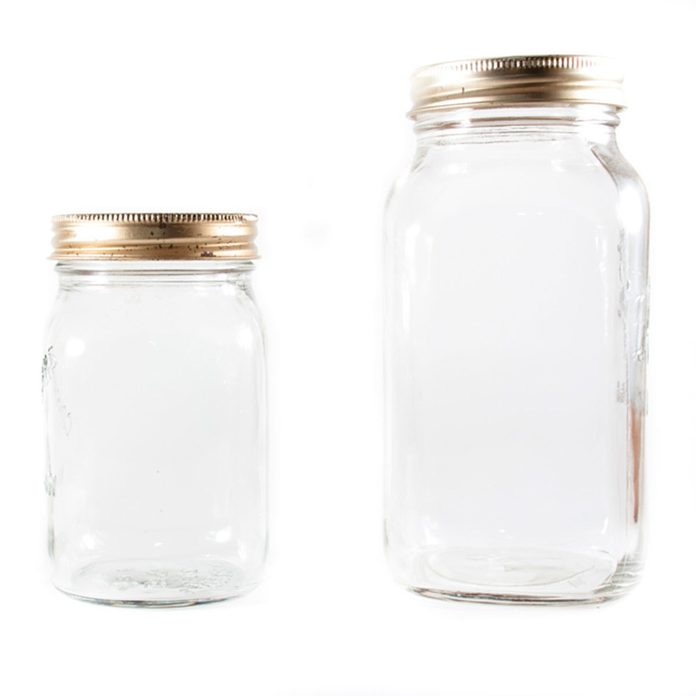
Spending Money on Garage Storage Items
Back in the day, it was common for grandfathers to organize their hardware in mason jars. The simple practice entailed fastening the lid to a shelf bottom and simply screwing on the jar. Other useful containers for free storage include laundry soap bottles, shoeboxes and many more. Use your creativity and keep these items out of the landfill. Books can look beautiful as repurposed items like as a knife block, see how.
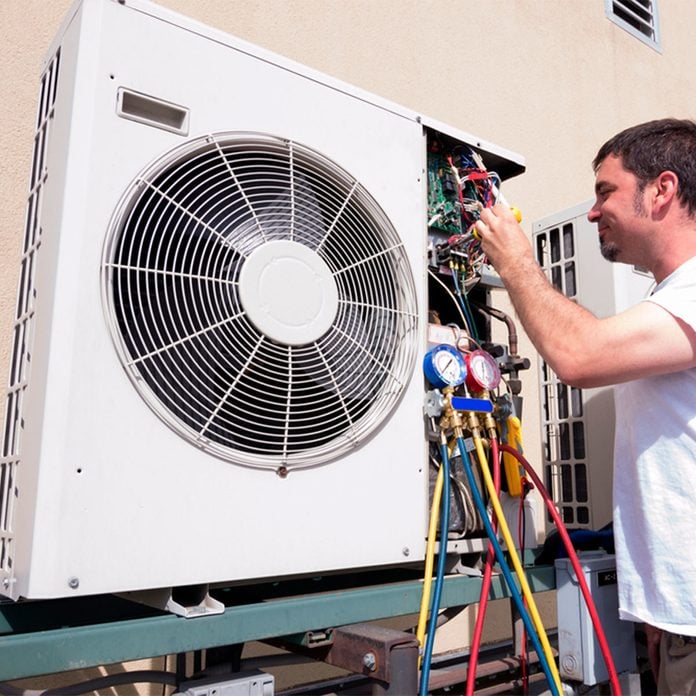
Not Using a Ductless Mini Split HVAC System
When it is time to replace your HVAC system, consider switching to a ductless mini split. The super-efficient systems require less labor during installation, do not require air ducts and allow you to cool/heat your home in zones instead of the entire house. This can have a profound effect on your energy costs in a good way.

Calling a Repair Man for Easy Fixes
So a door knob slammed through the wall after one too many times slamming the door. No need to call your handy contractor. You can easily fix a few holes in your drywall by injecting a setting compound (for smaller holes) or by cutting out the damaged sections and replacing them with new drywall (for larger ones).
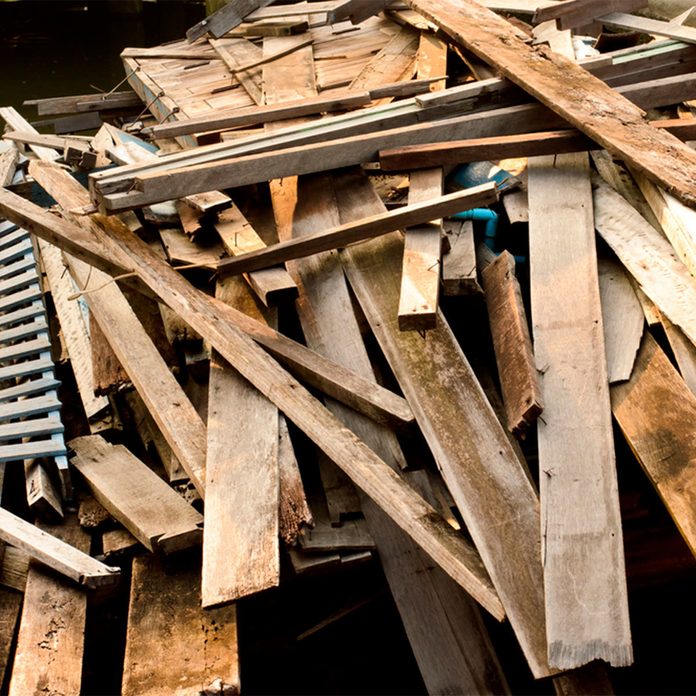
Throwing Out Good Project Material
Salvaging used or leftover building materials is a great way to save a few dollars. Visit a nearby construction site and speak to the project supervisor. Often, they will allow you to dumpster dive for discarded materials. Not only is this good for your wallet, but also the environment by keeping it out of the landfill. In addition, used materials often have a unique patina, which could add extra appeal to your project. You might even be able to build a tiny house like one of these with repurposed materials.

Paying for All Your Produce
Growing vegetables at home can be a great activity that is fun for the entire family. You don’t have to rent a plow and tractor to grow a few tomatoes in your backyard. Many vegetables—tomatoes, squash, radishes, etc.—are easy to grow in containers. This garden practice utilizes containers such as a simple wooden box or even 5-gallon buckets for planting vessels. Aside from the fun you will have growing your own vegetables, the next time you need a tomato, you will save time, money and gas when you can just pick it from your own garden.
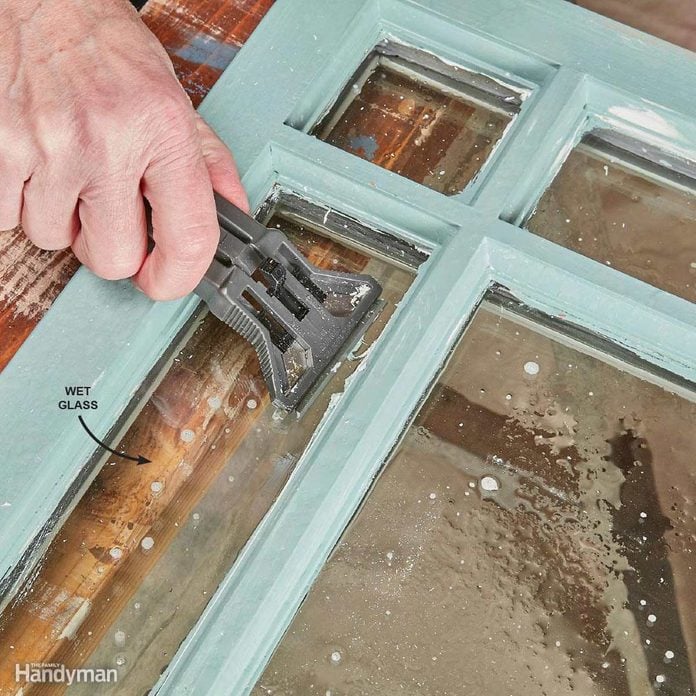
Forgetting to Reglaze Windows
Instead of forking over $5,000-10,000 to replace all of your old windows with brand new ones, consider repairing old windows yourself. With a few hundred dollars in supplies (sand paper, paint, window glaze, etc.), you’ll be prepared to reglaze every window in your house. Though it can be a tad time consuming, you can prioritize the project by room, removing windows one by one to paint, reglaze, and, if necessary, replace any cracked glass.

Buying Rags for Painting, Cleaning and Dusting
Purchasing cotton rags for painting, cleaning or dusting projects can get expensive. Make your own rags for free using old T-shirts and other unused garments. A few minutes with a pair of scissors or utility knife set up like this is all it takes to convert unwanted clothing into useful rags.
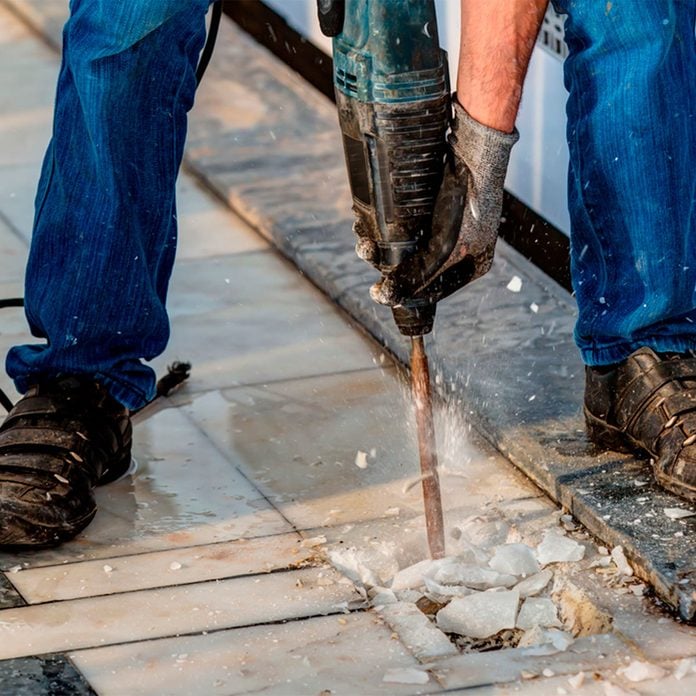
Buying Tools You Should Only Really Rent
Many DIY projects such as tile removal require a special tool—a jackhammer—that can be quite expensive to purchase. You can rent a tool far cheaper than you can purchase it. Common tools you can rent by the hour or day include pressure washers, jackhammers, hammer drills and carpet cleaners. Chances are good that your local tool rental center will carry the tool you need for your project.
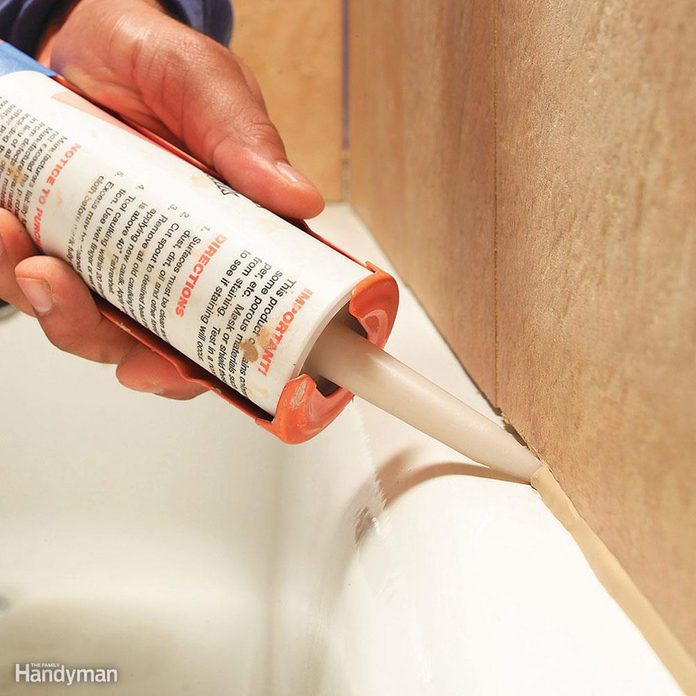
Calling in a Pro to Caulk
You may not notice if your shower caulk is in need of repair, but you will certainly notice the positive result of having it done. Not only will it make your shower look and feel cleaner, it will protect your home against unseen leaks and will eradicate any mildew which may be forming on the seams. Follow our definitive bathtub caulking tips for a professional result, but don’t forget to remove the old caulk like a pro beforehand.

Not Using Energy Star Products
According to energystar.gov, folks saved upwards of $30 million on their utility bills and helped to reduce greenhouse gases by using Energy Star-rated products. These super-efficient products include CFL and LED light bulbs, household appliances, building materials such as windows and doors and HVAC equipment among many others. Not only is switching to Energy Star products one of the best frugal living tips, but it also allows you take advantage of their energy savings and may qualify you for the Residential Renewable Energy Tax Credit.

Not Switching to CFL Bulbs
CFL bulbs will provide 10,000 hours of light and use $10.40 of electricity (at 8 cents per kilowatt hour). To get the same output with incandescents, you would have to use seven bulbs, which would cost less up front, but the electricity would cost $48. Check out our guide to CFLs so you know what you’re getting into.
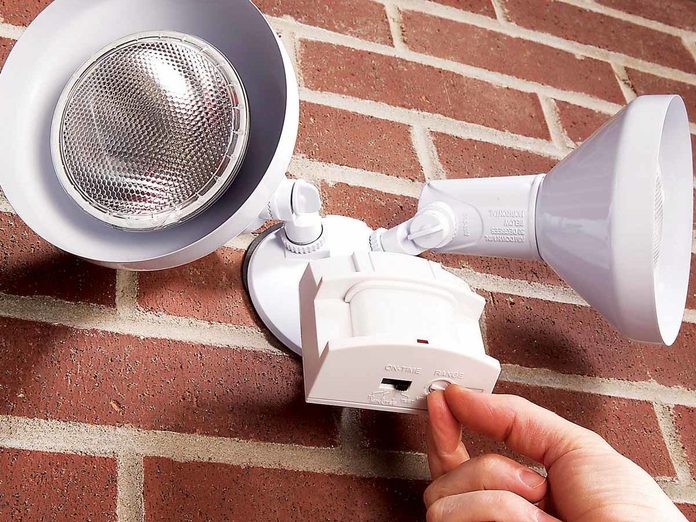
Leaving Lights On
Install smarter switches and save up to $100 a year. Motion sensors are the perfect solution for left-on lights. They turn off automatically so you don’t waste electricity. Motion sensors are great for home security but do you know the secrets a home security installer won’t tell you?
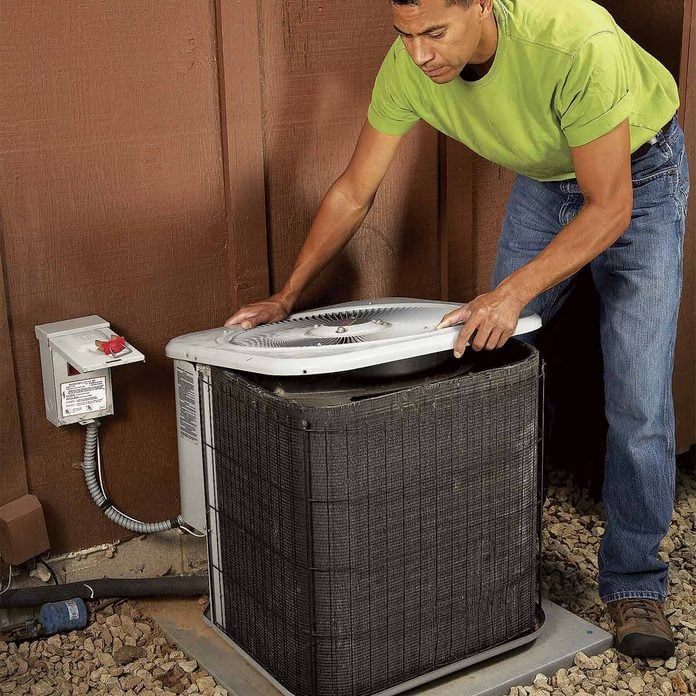
Neglecting the A/C
The best way to keep your air conditioner running at peak efficiency is to spend a couple of hours each year on basic maintenance—cleaning and straightening the fins, changing the filter and lubricating the motor.
Roughly half of an average home’s annual energy bill (gas and electric), about $1,000, is spent on heating and cooling. Air conditioners placed in direct sunlight use up to 10 percent more electricity. If yours sits in the sun, plant tall shrubs or shade trees nearby—but don’t enclose the unit or impede the airflow. Place window units on the north side of the house or install an awning over them. Check out these 21 air conditioner maintenance and home cooling tips.
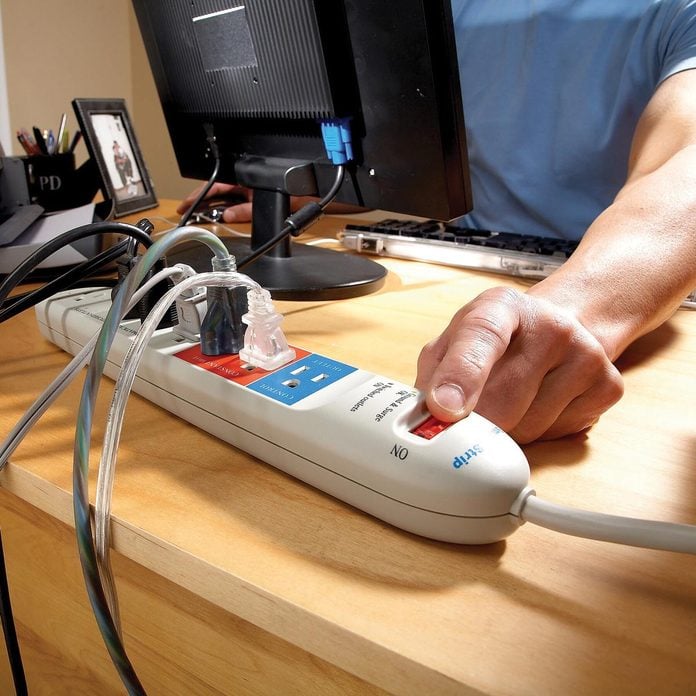
Leaving Electronics On
Electronics guzzle lots of power even when they’re turned off. Stop wasting electricity: Plug them into a power strip, then turn off the strip.
Seventy-five percent of the electrical use by home electronics occurs when they’re turned off, according to the Department of Energy. These “energy vampires” suck electricity all day long—costing you an extra $100 each year. So if you’d like to keep that Ben Franklin in your wallet, unplug your electronics or plug them into a power strip, then turn off the strip.

Forgetting to Clean the Dryer Duct
A clogged lint screen or dryer duct drastically reduces the efficiency of your dryer, whether it’s gas or electric. Clean the lint screen after each load and clean the exhaust duct once a year. The cleaner shown here has an auger brush that attaches to a drill to clean out the ducts. It’s available at home centers.
Electric dryers use about $85 of electricity annually. A dirty lint screen can cause the dryer to use up to 30 percent more electricity ($25 per year), according to the Consumer Energy Center. Lint buildup is also a common cause of fires.
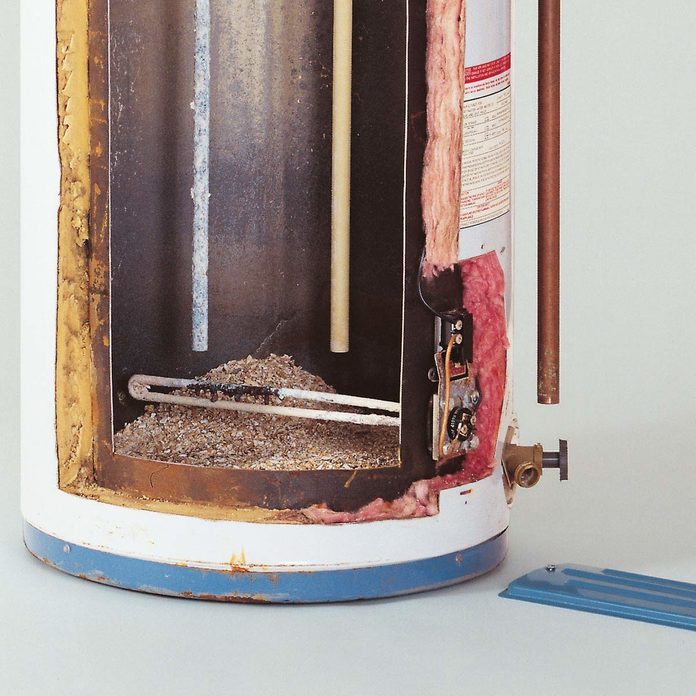
Not Draining the Water Heater
To make your water heater even more efficient, drain the tank and flush out the sediment at the bottom. Otherwise, you could be heating through inches of sediment before heating the water.
If your electric water heater is warm or hot to the touch, it’s losing heat. Wrap it with an insulating blanket (sold at home centers). Sick of a bulky water heater, try investing in a tankless water heater.

Not Wising Up to Smart Metering
Smart metering programs vary among utility companies, but the basic idea is the same: The utility installs a special “smart” meter that tracks how much electricity you’re using. The utility uses that data to make sure its power grid doesn’t get overloaded and cause blackouts. If the grid nears capacity, the utility can shut off major appliances in homes for short periods of time (such as 15 minutes per hour). Not all companies offer smart metering, but some do and many others are considering it.
What’s in it for you? Money! Some programs pay for signing up. Others let you view your home’s usage online in real time so you can better manage your electrical consumption. Others let you choose “real-time” or “time-of-use” pricing that allows you to pay less for electricity that’s used during off-peak hours (for example, on weekdays from early afternoon until 8 p.m.). These plans reward you for using electricity when it’s cheapest. Smart metering makes the most sense if you’re away from home all day—you won’t notice or care if things get turned off (although it’s a good idea for everyone else too!). According to SRP, a power utility company, the plans cut 7 percent off your bill, which is $140 for the average $2,000 yearly energy bill. Check with your local company to find out what smart metering programs are available in your area. Make sure you’re protecting your electronics properly with these tips.
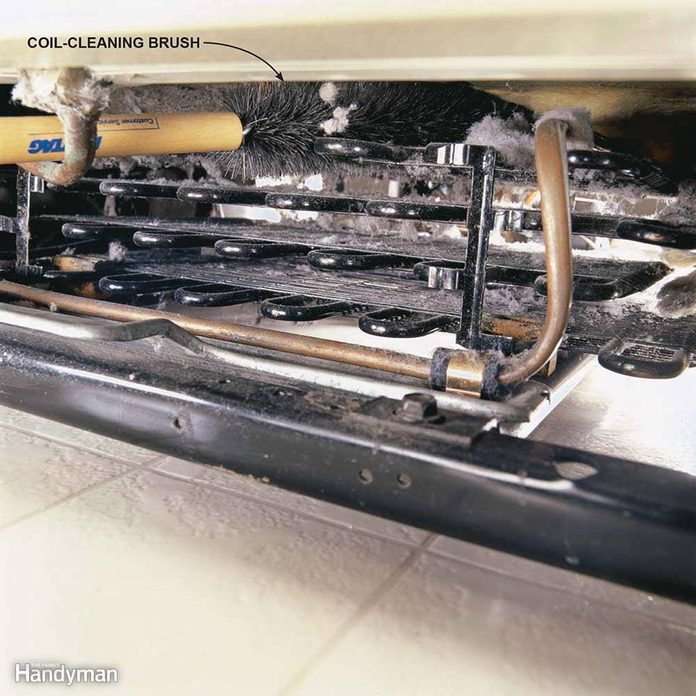
Forgetting to Clean Refrigerator Coils
Refrigerator condenser coils are located on the back of the fridge or across the bottom. When coils are clogged with dust, pet hair and cobwebs, they can’t efficiently release heat. The result is your compressor works harder and longer than it was designed to, using more energy and shortening the life of your fridge. Clean the coils with a coil-cleaning brush and vacuum. A coil-cleaning brush, which is bendable to fit in tight areas, does a thorough job. Look for one online or at appliance stores.
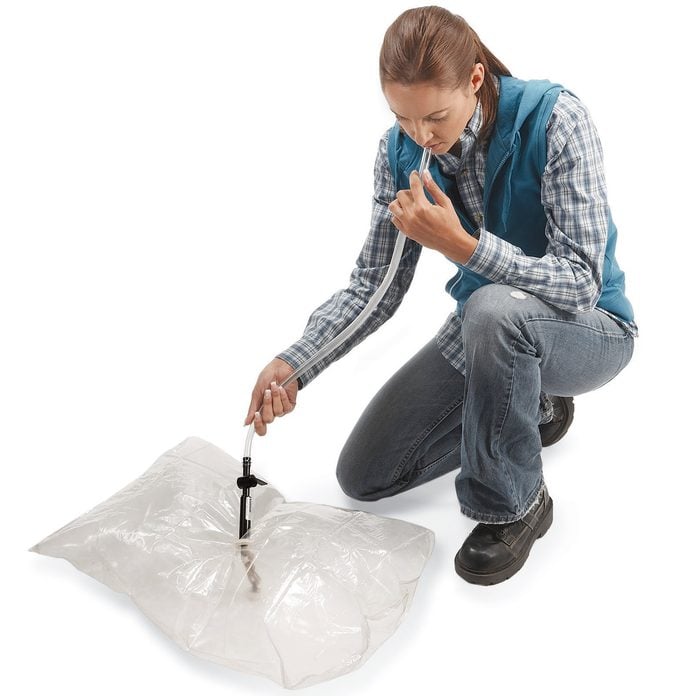
Not Sealing up a Seldom-Used Chimney
Fireplace chimneys can be very inefficient, letting your warm inside air disappear like smoke up a chimney. If you have airtight glass doors that seal the opening, you’re in good shape. (The doors are available at fireplace retailers and home centers.) If not, a special balloon or chimney-top damper will get the job done.
For fireplace chimneys that are seldom or never used, inflate a Chimney Balloon inside the chimney to stop the air leaks. Buy it directly from the company. Partially inflate the balloon by mouth or with a pump, then stick it into the chimney and blow it up the rest of the way.
Putting in and taking out the reusable balloon can be messy (here’s when to clean a chimney flue), so you don’t want to hassle with chimney balloons if you regularly use your fireplace. But that doesn’t mean you have to settle for energy loss. Instead, you can install a chimney-top damper system, like the Chim-a-lator, which seals the top of the flue when the chimney’s not in use. A lever in the fireplace controls the damper via a long cable.
Installation involves attaching the damper and screened-in cap to the chimney top, then mounting the lever in the fireplace. If you don’t feel comfortable working on the roof, hire a chimney sweep or mason, who can install the system for you.

Leaving a Fireplace Open
Wood-burning fireplaces can warm up a room, but more often, they rob a house of heat by letting it escape up the chimney. If you have a modern fireplace with a cold air intake from outside, make sure you equip it with an airtight door. If you have an older fireplace that uses room air for combustion, equip it with a door that has operable vents. And only keep those vents open when you have a fire in the fireplace. Otherwise, heat will constantly be sucked out of the house.
Airtight doors have gaskets that seal the doors. They fasten to the masonry opening like other door systems, but they seal the area to keep heated air from leaking up the chimney. Prices start at $700 (yes, that’s a lot compared with the cost of regular doors, which start at about $230). Enter “fireplace doors” in a search engine to find local retailers. One online retailer is fireplacedoorsonline.com. Also consider a chimney-top damper, which stops heat loss.

Not Covering Air Conditioners
A room air conditioner keeps a section of the house cool. The problem is, it’ll keep the room cool all winter long if it isn’t covered properly. If you have a window unit, the best solution is to remove it so the cold air won’t flow through and around it. If you decide to leave it in or you have a permanently installed wall unit, grab some removable caulk and a window air conditioner cover to keep out the cold. And if you have a central air conditioner unit, cleaning it annually can also save you energy and money.
Place the cover over the outside of the air conditioner, fitting the sewn-in corner straps over the bottom corners. Wrap the middle straps under and up the sides of the unit, then hook them over the top. Inside the house, apply removable caulk around the air conditioner where it meets the wall or window. If the air conditioner is a built-in unit, permanently seal it with latex caulk.

Letting Cold Air in Through the Laundry Room
Is your laundry room cold in the winter? Cold air might be coming through your dryer vent. The vent should have a flap (or flaps) at the end to stop air infiltration. Go outside and make sure there’s a flap and that it’s not stuck open. If the flap works well, check the caulking. If it’s cracking and peeling away, it’s probably allowing cold air to leak in. Cut away the old caulking, make sure the vent is flush against the siding, and apply new latex caulk.
If the flap doesn’t close on its own, try cleaning it and then spray silicone on the pivot point. If the flap still won’t close, replace it. A new vent costs about $5 at home centers, and installing it will only take about 15 minutes.
Start by cutting away the caulking around the vent on the siding with a utility knife, remove any screws and unclamp the duct leading to the dryer. Slide the old vent out of the wall, slip in the new one and reattach it to the duct. Caulk around the vent flange.
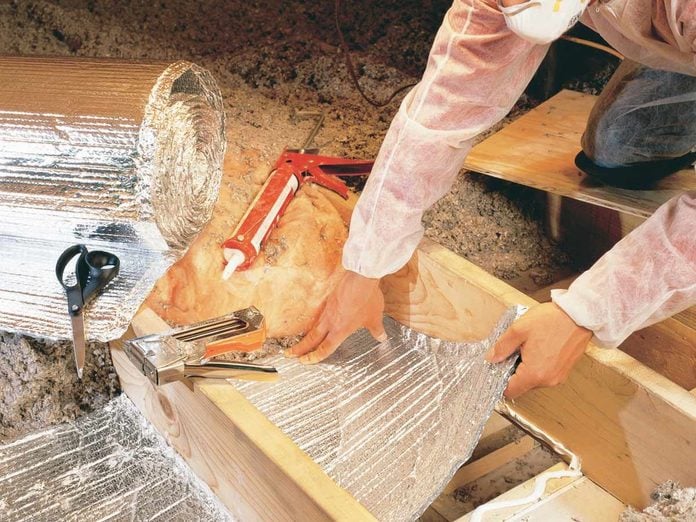
Leaving Open Soffits
Builders often put a soffit where they want to put cabinets or recessed light fixtures, and sometimes they use soffits to contain heating ducts. Soffits have a high potential for leakage, especially if they contain recessed lights. Refer to your sketch and dig around in the insulation if necessary to find them. Reflective foil insulation, sometimes called “bubble-pack” insulation, works well as an air barrier for soffits. It’s flexible and only about 1/4 in. thick, making it easy to cut with a scissors. You have to clear insulation from the surrounding wood to get the caulk to stick. Then cover the foil with insulation when you’re finished. However, don’t put insulation within 3 in. of recessed lights unless the fixture is IC rated (for “insulation contact”). The rating will be listed on a label inside the recessed can.

Not Using Storm Windows
Storm windows aren’t new, but they’re definitely improved: New ones open and close and can be left on year-round. Some offer low-emissivity coatings to further cut heat loss. You can use low-e versions even if your windows already have a low-e coating.
You’ll see the biggest payback when they’re used over single-pane windows. But don’t use storm windows over aluminum windows—heat buildup between the two windows can damage the aluminum, and drilling holes for installation can cause leaks.
You can buy or special-order storm windows at home centers, but you may have trouble finding low-e models. Two sources are Menards and Larson Windows and Doors. Storm windows start at $30. Measure the height and width of the window (from the outside) before ordering. Do-it-yourself installation takes about 30 minutes per window.
“Almost half of U.S. homes have single-pane windows. Windows are major sources of heat loss, but low-e storm windows can reduce that heat loss by more than 50 percent.” —Department of Energy.

Forgetting to Fill Gaps Around Electrical Boxes
Electrical outlets and switches on exterior walls can leak a lot of cold outside air into the house. Add up all the outlets in the average house and you can have some serious heat loss—which makes it worth spending 10 minutes per outlet plugging the holes.
Before you start, flip the circuit breaker off and use a noncontact voltage tester to ensure there’s no power. Remove the cover plate. If the gap between the electrical box and the drywall is less than 1/4 in., fill it with acrylic latex caulk. If the gap is bigger and lopsided, use foam sealant that’s formulated for use around doors and window framing. The minimally expanding foam won’t drip down your walls. After the foam dries, cut away any that protrudes, add a foam gasket (to reduce drafts through the box) and replace the cover plate. Do the same around register openings on the inside of exterior walls.

Failing to Remember Gaps Under Sinks
Pull back the escutcheons on plumbing pipes where they enter exterior walls and you’ll probably see generous gaps around the pipes. In cold weather, you might also feel the draft coming in. All it takes is a can of expanding foam to seal those leaks. (You won’t believe these 12 mind-blowing uses for spray foam.)
Shake the can vigorously, then squirt the foam around the pipes inside the wall. Don’t completely fill the gap—the foam will expand. If it expands too much and you can’t get the escutcheon back on, wait for it to dry, then slice it flush with the wall with a utility knife.

Not Using ‘Winter Curtains’
If you’re turning up the heat in the house to compensate for drafty windows, consider quilted curtains, which can increase your comfort and let you keep the temp down. The curtains are available in various colors, patterns and sizes. Enter ‘quilted curtain’ in a search engine to find retailers. Online sources include plowhearth.com and amazon.com. Prices start at under $100, and a curtain can be installed in less than 10 minutes on your existing curtain rod. Learn more here about how “winter curtains” can keep you warm.
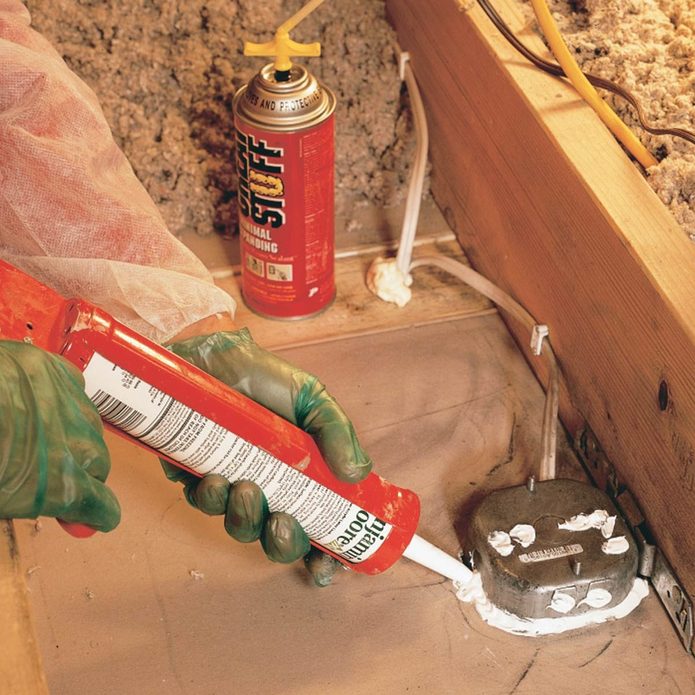
Overlooking Sealing Small Attic Holes With Foam and Caulk
Hot air rises, so leaks in the ceiling are even worse than leaks in walls. And in many homes, this airflow through ceilings and into the attic is the No. 1 source of heat loss. You can check for leaks around ceiling light fixtures and the attic access door using an incense stick. But the only way to detect other leaks is to crawl up into the attic, pull back the insulation and look for them. Most leaks occur where chimneys and electrical and plumbing lines pass through the ceiling. Although the attic is a nasty place to work, plugging these leaks is a simple project—mostly caulking and foaming gaps.
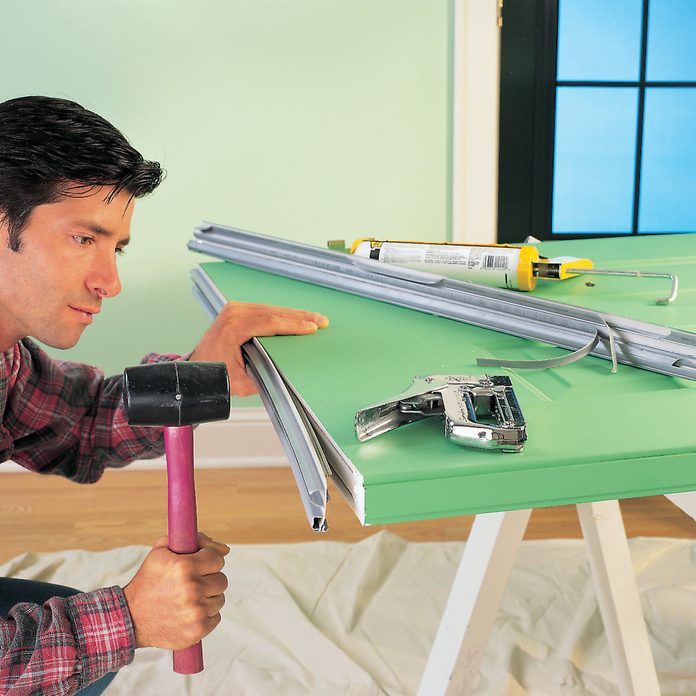
Letting Air in Through the Door
If you can feel the breeze and see daylight under your entry door, it’s costing you big-time. It also means you need to adjust your door threshold or install a new door sweep. Door sweeps start at $10. The hardest part about replacing them is usually taking off the door.
Start by adjusting the threshold. Newer versions have screws that raise and lower them. Turn all of the threshold screws until the door opens and closes without much drag and any draft is eliminated. If that doesn’t work, or your threshold doesn’t have adjustment screws, replace the door sweep.
Close the door and pop out the hinge pins with a pin punch to remove the door. Set the door on a work surface and remove the old door sweep. Caulk the ends of the door, then install the replacement sweep. Some sweeps are tapped into place and stapled along the door bottom; others are screwed to the side along the door bottom. If a drafty sliding patio door is your problem, here’s how to fix it.
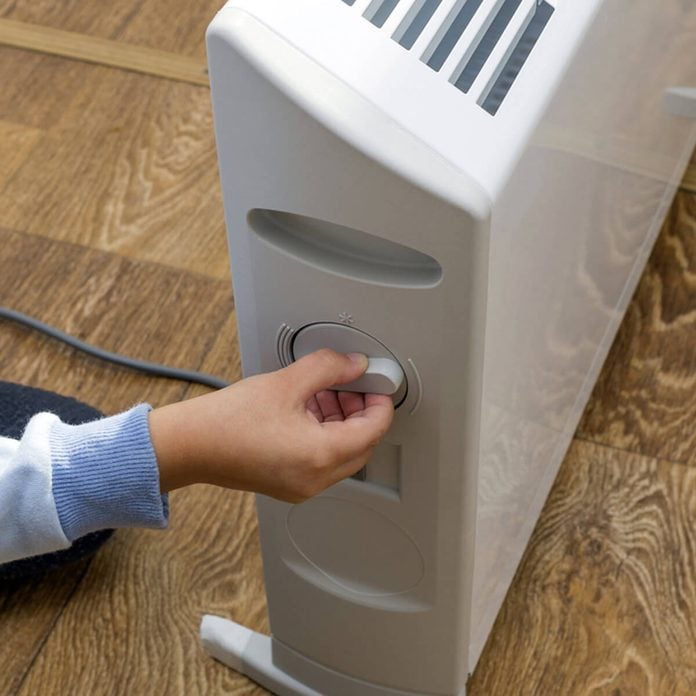
Worrying About Turning Down the Heat
We all know the mantra by now — turn down the thermostat during the winter months and you’ll save money. And it’s true. According to the Department of Energy, for every degree you lower the thermostat, you’ll save 1 percent on your energy bill. But turning down the heat has a big drawback — you have to wear extra clothes to stay warm. The solution? Use a space heater to stay comfortable in the room where family members gather, like the living room. Fireplaces and fireplace inserts can provide space heating, but electric heaters are the easiest way to warm up a room. Curious about how to install a gas fireplace? Here’s a complete guide.

Leaving Hatches and Doors Naked
After sealing the attic bypasses, push the insulation back into place with an old broom handle or a stick as you back out of the attic. Then finish up by sealing the access hatch with self-sticking foam weatherstrip. You may have to add new wood stops to provide a better surface for the weatherstrip and enough room for hook-and-eye fasteners. Position the screw eyes so that you slightly compress the weatherstrip when you latch the hatch. Use a similar procedure if you have a hinged door that leads to the attic.

Not Sealing Up Ducts
When heated or cooled air escapes from the ducts, especially in the basement and attic, the furnace or air conditioner has to run longer (and use more fuel) to bring the living area of the house to the temperature on the thermostat.
Our heating expert confessed that he never thought duct leakage was a big issue until he saw a thermographic image showing just how much heat is lost at the duct joints. Today he’s a believer in duct sealing.

Leaving Air Leaks Outside
Look behind any air conditioner compressor or heat exchanger and you’ll find at least one large hole for plumbing and wiring. It’s usually bigger than it needs to be and sometimes only partially plugged with a large wad of electrician’s putty, making it a good spot for heat to get out and mice to get in.

Having Unwrap Pipes With Insulation
Insulating your exposed hot water pipes reduces heat loss and helps deliver hotter water at a lower temperature setting. Insulate all accessible hot water pipes within 3 feet of your water heater using quality pipe insulation or a pipe sleeve. Place the pipe sleeve so the seam is face down on the pipe and use aluminum foil tape to secure the insulation to the pipe every foot or so. On gas water heaters, keep pipe insulation at least 6 inches from the flue.


















